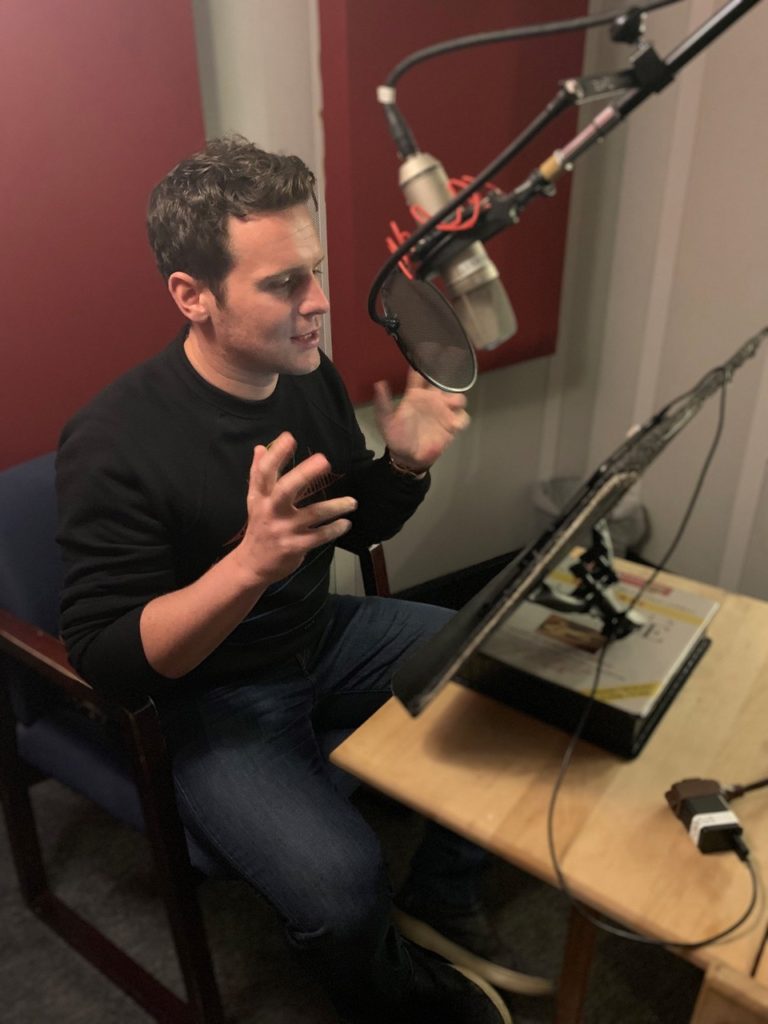From MINDHUNTER:
“Put yourself in the position of the hunter.
“That’s what I have to do. Think of one of those nature films: a lion on the Serengeti Plain in Africa. He sees this huge herd of antelope at a watering hole. But somehow – we can see it in his eyes – the lion locks on a single one out of those thousands of animals. He’s trained himself to sense weakness, vulnerability, something different in one antelope out of the herd that makes it the most likely victim.
“It’s the same with certain people.
“If I’m one of them, then I’m on the hunt daily, looking for my victim, looking for my victim of opportunity. Let’s say I’m at a shopping mall where there are thousands of people. So I go into a video arcade, and as I look over the 50 or so children playing there, I’ve got to be a hunter. I’ve got to be a profiler, I’ve got to be able to profile that potential prey. I’ve got to figure out which of those 50 children is the vulnerable one, which one is the likely victim. I have to look at the way the child is dressed. I have to train myself to pick up the nonverbal clues the child is putting out. And I have to do this all in a split second, so I have to be very, very good at it. Then, once I decide, once I make my move, I’ve got to know how I am going to get this child out of the mall quietly and without creating any fuss or suspicion when his or her parents are probably two stores down. I can’t afford to make any mistakes.
“It’s the thrill of the hunt that gets these guys going. If you could get a galvanic skin response reading on one of them as he focuses in on his potential victim, I think you’d get the same reaction as from that lion in the wilderness.”
Yesterday we dealt with the issue of how to train children to be “profilers for everyday life.” From the description above, as true now as the day we wrote it, we see that the predators are profiling constantly. Like the lion on the plain, each of them is looking for the most likely, the most vulnerable prey.
This is why we need to do whatever we can to “stranger proof” our children, just as we try to drown proof them with early basic lessons in the swimming pool. There are several steps we all can take.
Teach your daughter or son that it is okay to say no to an adult, and that if something feels wrong, it probably is.
There are certain clues that an adult is bad. If he tries to touch you in a private or uncomfortable place, that is a signal. So is asking you to go someplace with him if it hasn’t been first arranged and approved by your parent, teacher or caretaker.
Most of these rules and instructions are common sense, things we as grownups take for granted. But don’t take for granted that your child does. Many of these concepts will be new to her. The critical element is to make sure that she understands and assimilates what you tell her and can explain it back to you.
Most important, repeated studies have found, is that the least vulnerable girls and boys are the ones with the greatest level of self-esteem. If they have a sense of themselves as individual, worthwhile and valued human beings, they will neither seek, nor need, the comfort or company of strangers.




























Thanks for the reminder. Will share with every parent I know.
Very useful article.
Every parent should read this.